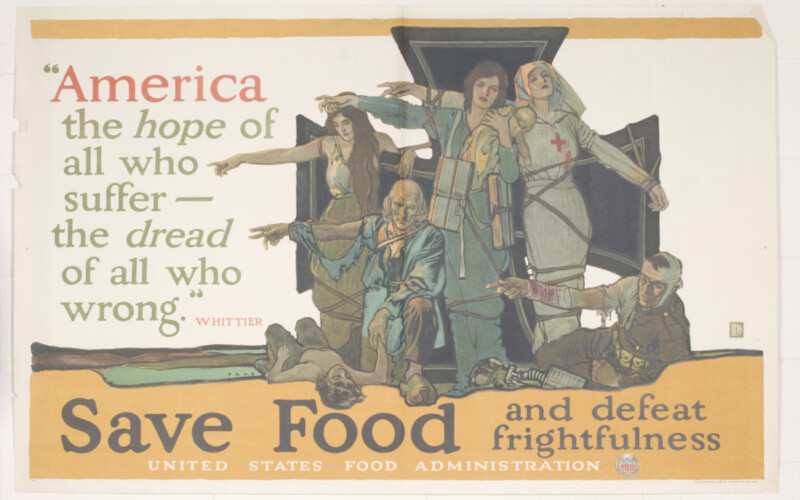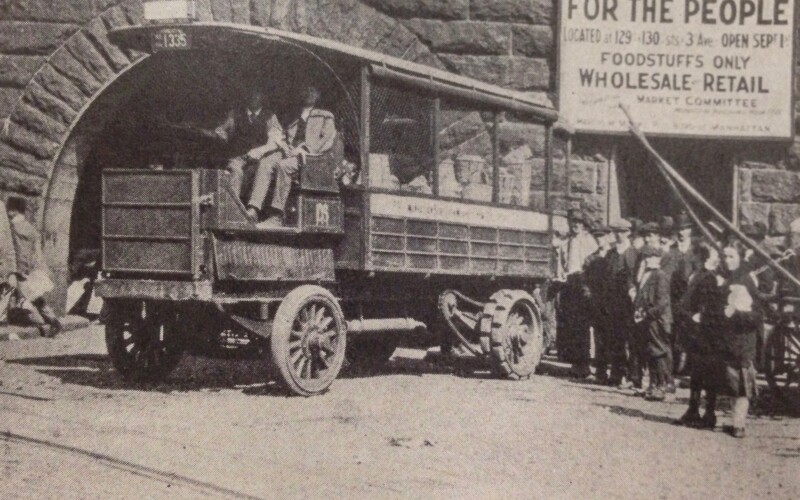We have experience hosting a range of audiences, from college classes to birthday parties to company outings, and we customize our tours to meet your group’s interests and needs.
Book a private tour today
April 6 marks the 104th anniversary of America’s entry into World War I, but the impacts of this global conflict were already being felt in New York City. Starting in …
Read more

New York City was far removed from the battlefields, occupied territories, and blockaded countries locked in the struggle of the First World War. While many of those places experienced food …
Read more
